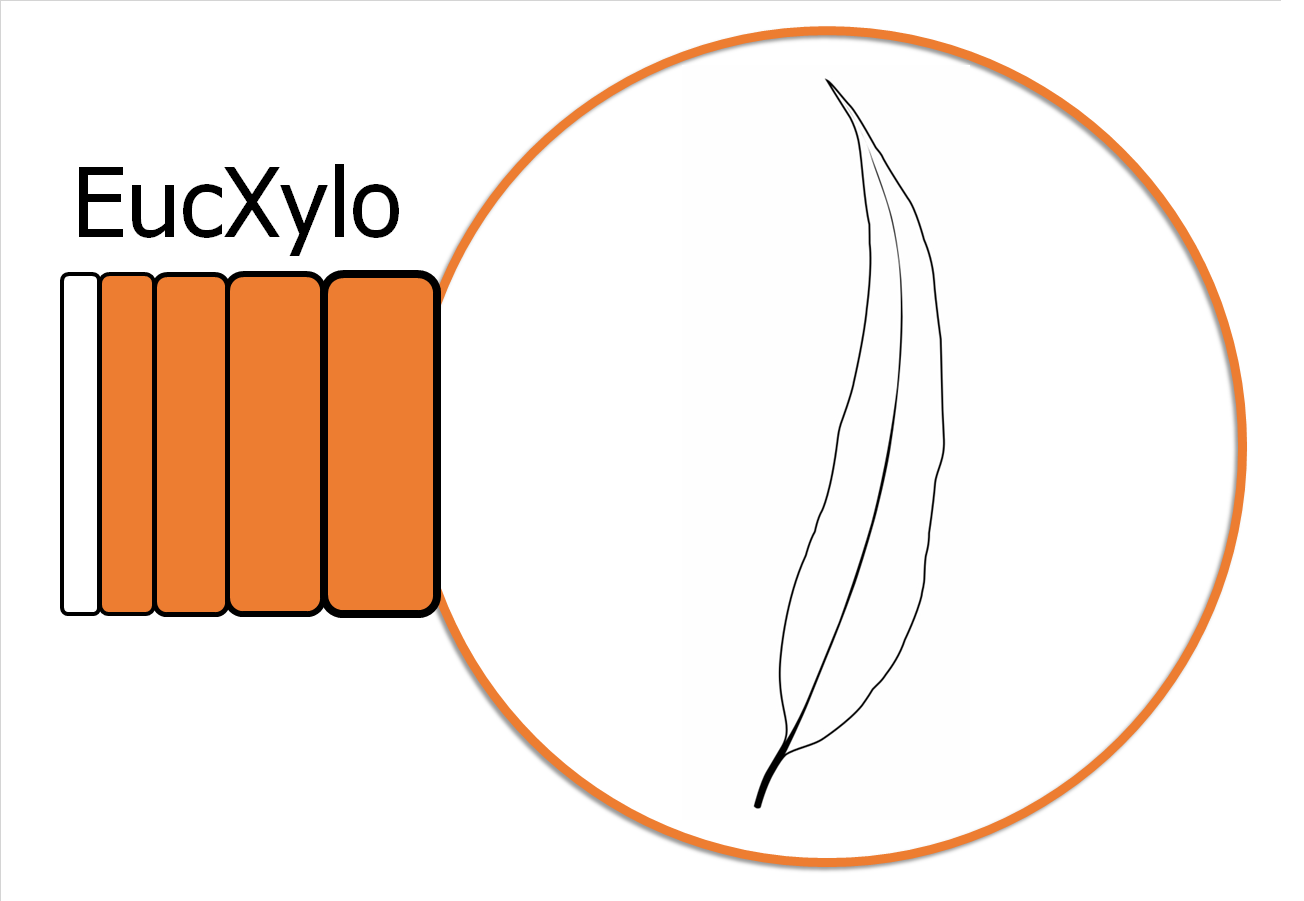
The Hans Merensky Chair in Advanced Modelling of Eucalypt Wood Formation
Understanding xylogenesis in the world's most widely planted hardwood species
[:en]University of Freiburg collaboration continues![:]
[:en]Post authored by Ph.D. candidate Rafael Keret
In light of the recent success in achieving high quality microsections from E.grandis stem segments (see “Embedding and sectioning success” blog), Eucxylo were ready to continue the collaboration with the University of Freiburg to find the best method to digitize these microsections.
During July, Rafael was sent to the laboratory of Professor Thomas Seifert at the University of Freiburg to make use of the Nikon eclipse Ni-E upright motorized microscope for scanning the microsections (Figure 1). This microscope is coupled to a motorized stage that enables full samples to be scanned, with a high level of detail. This is made possible as the scanning stage, camera and NIS-Elements D software takes numerous photos of the sample, before subsequently stitching these figures together to generate a single high-resolution image.

Through some optimizations of the microscope parameters high quality full section scans were achieved and provided foundation for the next part of the research to analyze the wood properties of these scanned images. QuPath, an open source bioimage analysis software, was chosen for the analysis. Since wood sections often have thousands of cells that need to be accurately detected, differentiated, and analyzed a method to automate this process was required. To this end, Rafael developed an automatic cell detection script that works in conjunction with QuPath to make cell detections. Additionally, a random trees machine learning algorithm was trained by Rafael in QuPath to subset the cell detections into different cell types such as xylem fibers, parenchyma, and vessels (Figure 2 a-c). This algorithm was included into the code, such that cells can be detected and classified into groups in an automated fashion. Additionally, QuPath was trained to recognize artifacts (abnormalities) in the stem sections so that these can be recognized and excluded during downstream analysis (Figure 2 a & b). The accuracy of the cell detections seems to be quite promising, with each detection providing a wealth of information as 55 parameters are measured for each cell.

The collaboration in Germany was fruitful and helped EucXylo to improve upon existing techniques to generate high quality microsection images and subsequently analyze the wood properties of these microsections. Currently, Rafael, Prof Drew and Dr Hills (IPB), in collaboration with the University of Freiburg are working on an open-source methods publication to make these techniques available to scientists around the world who are interested in studying the wood properties of plants.
[:]